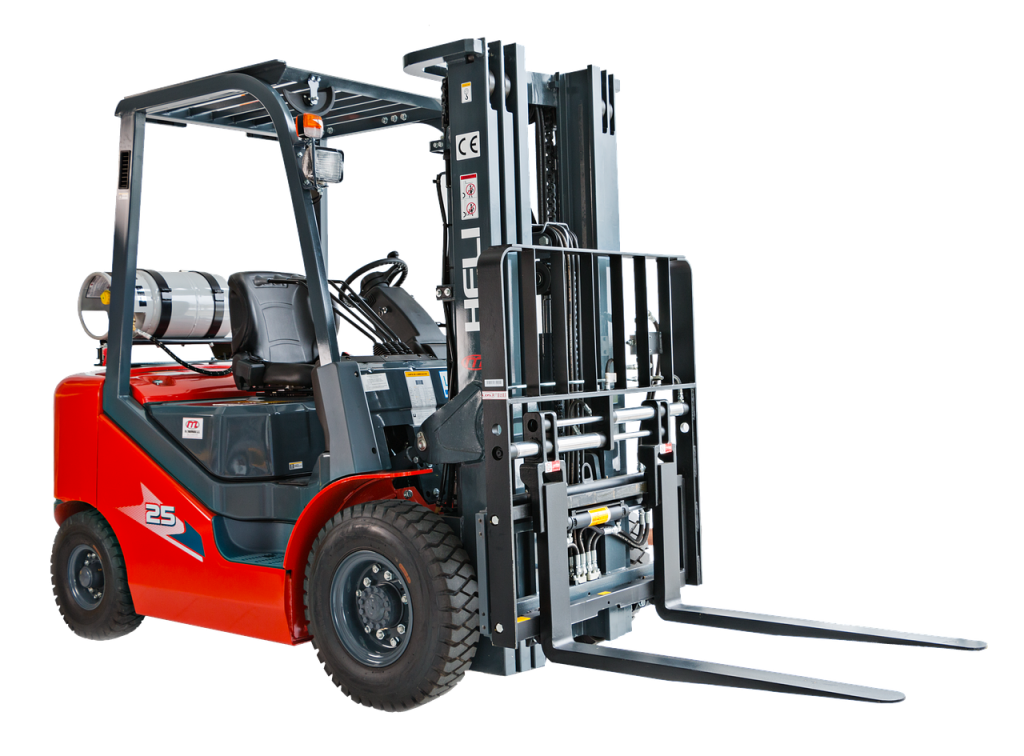Stowage plans are like puzzle pieces that help fit cargo into a ship, ensuring everything is safe and snug. They’re pretty important in the world of shipping, and in this simple guide, we’ll explain what they are and why they matter.
What is a Stowage Plan?
A stowage plan outlines where all of the cargo should be placed on a ship. It functions as a map, instructing the crew on where each box, crate, or container should be placed in the ship’s holds. Consider it a gigantic game of Tetris, but with cargo!
Why Are Stowage Plans Important?
Stowage plans are vital because they keep the ship balanced and avoid tipping over. Imagine filling a truck with heavy items on only one side; it might lean, right? A ship could tip over if the cargo is not properly loaded. Stowage plans also serve to keep things orderly, allowing the team to find what they need when they need it. Furthermore, they serve to protect the goods from harm during the travel. In a nutshell, stowage strategies maintain ships safe, orderly, and cargo-friendly.

Components of a Stowage Plan
A stowage plan consists of several critical components that work together to ensure cargo is properly loaded into the ship. Let us break things down into simple terms.
| Component | Description |
|---|---|
| Container Information | – Container number and type |
| – Container size (e.g., 20ft, 40ft) | |
| – Container weight and payload information | |
| Cargo Details | – Description of the cargo |
| – Quantity and weight of each cargo item | |
| – Hazardous material classification (if applicable) | |
| – Special handling requirements (if applicable) | |
| Stowage Location | – Location within the vessel where the container is stowed |
| – Row, tier, and position within the stack | |
| – Vessel bay and hold number | |
| – Port of loading and port of discharge | |
| Weight Distribution | – Ensure proper weight distribution for stability |
| – Comply with vessel’s weight and load limits | |
| – Avoid exceeding weight limits on individual bays | |
| Securing and Lashing | – How the container is secured to the vessel |
| – Lashing equipment and techniques used | |
| – Compliance with international lashing standards | |
| Ventilation and Temperature | – Ventilation requirements for cargo (if necessary) |
| – Temperature control for temperature-sensitive cargo | |
| – Monitoring systems for temperature-sensitive cargo | |
| Documentation | – Bill of lading and other shipping documents |
| – Customs and regulatory documentation | |
| – Stowage instructions for the crew | |
| – Emergency response plans (if applicable) | |
| Special Requirements | – Any unique requirements or constraints |
| – Permits and approvals (if required) | |
| – Compliance with trade sanctions (if applicable) |
A stowage plan is an important document in the shipping industry since it enables safe and efficient cargo loading into a vessel while adhering to numerous rules and standards. Proper planning and management of these components reduces risks and ensures timely and secure delivery of goods.
How Stowage Plans Are Created
Creating stowage plans consists of a few easy processes that help guarantee that everything goes properly when loading goods onto a ship. Let’s have a closer look.
- The shipping company’s role is similar to that of a conductor for this cargo symphony. They decide what should go where and when. They take into account the ship’s size, cargo type, and destination. They function similarly to the captain of a cargo ship, ensuring that everything is in order.
- The shipping company’s role is similar to that of a conductor for this cargo symphony. They decide what should go where and when. They take into account the ship’s size, cargo type, and destination. They function similarly to the captain of a cargo ship, ensuring that everything is in order.
- Software Tools for Stowage Planning: These are sophisticated tools for establishing stowage plans. Special computer programs make the process easier. They can swiftly identify the optimal locations for cargo while keeping everything safe and secure. It’s similar to using a GPS to find the optimum route for a road trip.
The shipping business determines what goes where. Weight distribution maintains ship stability, and digital tools make it much easier. Together, they ensure that cargo is loaded aboard the ship in an efficient and safe manner.
Common Challenges and Solutions
It’s not always easy to load cargo onto a ship. Some frequent issues may arise, but don’t worry—there are simple remedies available!
Weather Conditions: Mother Nature can be unpredictable. Storms, powerful winds, and rough waves do occur on occasion. These conditions can make loading cargo difficult. However, the solution is to wait for calmer weather. Ships and crews are safety-conscious, thus they avoid taking risks. They will patiently wait for improved conditions before loading the cargo safely.
Special Cargo Requirements: Certain cargo is finicky. It may need to be maintained at a specific temperature, kept away from moisture, or handled with special care. The approach is to adhere to the precise standards for each type of cargo. This could entail employing specific containers, temperature-controlled holding, or additional padding to preserve fragile things. It’s all about treating each cargo type as it prefers to be treated.
While inclement weather can cause delays, safety always comes first. Following the laws and regulations guarantees that unique cargo arrives in good condition. Challenges may arise, but solutions are always available to keep cargo safe and secure.
Remember, stowage plans are like the backbone of cargo shipping, ensuring everything fits snugly, stays balanced, and arrives safely at its destination. It’s all about careful planning, teamwork, and adapting to various situations.
If you are considering expanding into new markets, XCJD Logistics can assist you. As an experienced logistics supplier, we will provide assistance to you at every step through professional logistics knowledge, visibility, and communication skills. Sea freight, air freight, express delivery, procurement in China, product testing, warehousing, supplier selection, one-stop service, contact us immediately for consultation
